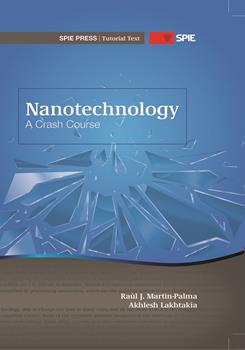|
The characterization of nanostructures is a key issue for controlling techniques to fabricate them as well for surmising and determining new applications of nanomaterials. As such, the development of analytical techniques has been essential to the evolution of nanotechnology. Despite the increasingly large number of available analytical techniques, few can be considered to be in widespread use today. Over ten possible primary agents-including electrons, atoms, ions, light (visible, ultraviolet, infrared), x rays, neutrons, and sound-can be harnessed to excite secondary effects-involving electrons, ions, light, neutrons, x rays, sound, etc.-from the region of interest in a sample. The chosen secondary effects can be monitored as functions of one or more of at least seven variables, including energy, intensity, time, angle, phase, mass, and temperature. This leads to a theoretical number of over 700 single-signal characterization techniques, although some permutations of primary agents and secondary effects are physically impractical. Then, of course, there are multiple-signal techniques, wherein two or more secondary effects are simultaneously exploited. To date, more than 100 different techniques have been developed, most of which use photons, electrons, or ions as the primary agents. Table 5.1 summarizes the most widely used characterization techniques for nanostructures and nanomaterials, as discussed in the following sections. 5.1 Electron Microscopy Electron microscopy is an extremely important technique for the analysis of characteristic spatial features of nanostructures, since it provides direct images from which morphological details can be extracted. Electron microscopy includes transmission electron microscopy (TEM) and scanning electron microscopy (SEM), as well as their high-resolution (HR) versions: HRTEM and HRSEM. Electron microscopy uses a collimated beam of electrons that is accelerated by high voltages and focused through a series of electrostatic or magnetic lenses. |
|
|


